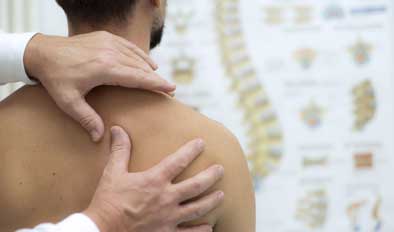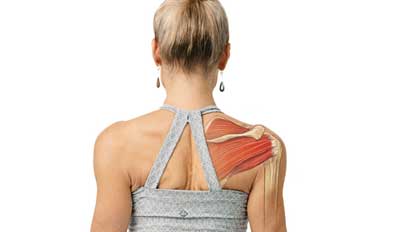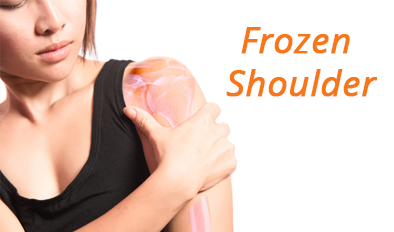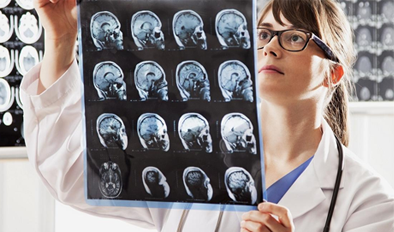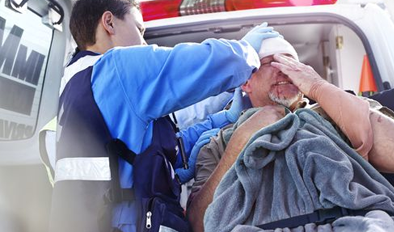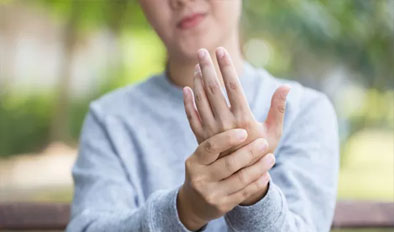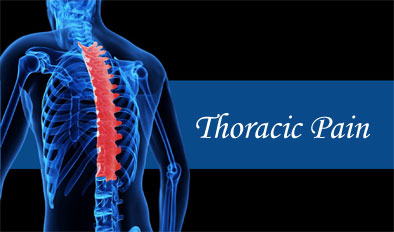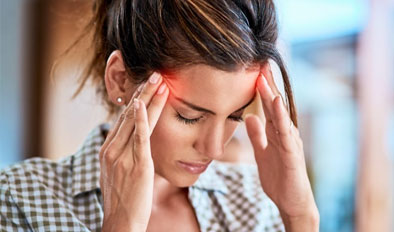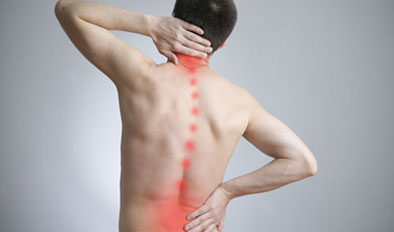Shoulder pain can present itself in many ways. You can experience numbness, along with dull, achy, tingling, electrifying sensations.
Shoulder Sprain (Acromioclavicular (AC) Joint Separation) and Shoulder Strain
More about Shoulder Anatomy; Shoulder Sprain and Shoulder Strain. Shoulder separation occurs after falling directly onto the shoulder with the arm.
Frozen Shoulder (Adhesive Capsulitis)
Learn more about Frozen Shoulder (Adhesive Capsulitis). Frozen shoulder pain and stiffness can progressively gets worse over time.
Shoulder Impingement
If you’re having difficulty elevating your arms above your head, then you may have a shoulder impingement, rotator cuff tendinitis, or a torn rotator cuff.
Diffuse Axonal Injury (DAI)
Diffuse Axonal Injury (DAI) is a form of traumatic brain injury commonly seen in high speed motor vehicle accidents, assaults, falls, and shaken baby syndrome.
Cerebral (Brain) Contusions
Cerebral contusions are a form of traumatic brain injuries (TBIs). These contusions are bruising of the brain tissue caused by multiple microhemorrhage of the small blood vessels leaking on the brain.
Fibromyalgia
Fibromyalgia is diffuse tenderness and neuropathic pain throughout the body. It occurs more often in women than men. Fibromyalgia can mimic other rheumatic diseases that cause inflammation in the joints, tendons, ligaments, bones, and muscles. No one patient presents with the same symptoms. Patients may experience generalized chronic pain, fatigue, insomnia, mood swings, confusion, stiffness,…
Gout
Gout is a form of inflammatory arthritis that develops when uric acid is formed as the body breaks down purines found in cells and food. The increase in uric acid produces crystals in the joints that lead to more pain. Increased uric acid levels is not the only cause of gout. Genetics, obesity, medications used…
Dupuytren Contractures
Dupuytren contractures is a disease that affects the soft tissue (connective tissue) of the hand. The third (middle finger), fourth (ring finger), and fifth (pinky) digits of the hand are affected. Dupuytren is not very common. It can occur at any age and is typically seen in patients of Nordic descent. This condition may first…
Osteoarthritis (OA)
Osteoarthritis (OA), also known as degenerative joint disease, is the most common form of arthritis, and is common in the elderly. It is caused by the wearing down of cartilage as we age, thereby making it difficult to move. During this process, the bones may break or chip creating spurs. Eventually the bones will rub…
Thoracic Pain
The thoracic is located between the cervical (neck) and lumbar (lower back). It consists of twelve vertebrae that attach to the rib cage and twenty-four discs that are inserted between the vertebrae to prevent them from rubbing together. More pain occurs in the cervical and lumbar than the thoracic because the thoracic spine is not…
The Opioid Epidemic
I’m a Nurse Practitioner working in the belly of America’s nightmare: The Opioid Epidemic In March 2017, I thought that I had finally landed the perfect career as a pain management nurse practitioner. In my mind, this was the perfect specialty because growing up and throughout college I had endured sports injuries; luckily, I never…
Chronic Cervical (Neck) Stiffness
Chronic cervical (neck) stiffness may be caused by cervical lordosis (straightening of the cervical spine), scoliosis (the curving of the spine), and cervical spondylosis (neck arthritis). All of which can lead to muscle tightness, muscle spasms, and occasional headaches. The best treatment plan includes neck stretching exercises and the use of moist heating pads for…
I was in a car accident. Why do I feel funny? Why does my neck still hurt? Concussions and Whiplash
Concussions and Whiplash – Have you ever been in a car accident, collided with another person while playing a contact sport, or fallen from a high elevation? If you have, then you’ve probably had a concussion, whiplash, or both! A concussion is a mild to severe traumatic brain injury that occurs after a sudden, forceful…
Osteoporotic Compression Fractures
Osteoporotic compression fractures are a major cause of mid-thoracic and upper lower back pain in elderly women. This type of fracture is caused by osteoporosis, and not always by trauma, although fractures can occur from a fall. Patients may experience debilitating mid-thoracic and lower back pain, a decline in mobility, and a decline in the…
Headaches
Headaches. We’ve all had them. They can feel like a cloud stuck inside your head, they can be a crushing or pressured feeling, intense or stabbing. They can be triggered by many different sources: high blood pressure, lack of sleep, sinus infections, unusual odors, poor vision, and the common cold. In this article, I will…
Degenerative Disc Disease (DDD)
Discs (Intervertebral discs) are located between the vertebrae. They function as “shock absorbers”. With the help of the anterior and posterior ligaments of the spine, the disc allows flexibility of the spine and is responsible for the height of the spinal column. Discs are narrow in the cervical (neck) spine and progressively enlarge and thicken…
Facet Joint Arthropathy
Facet Joint Arthropathy is another possible source of lower back and cervical pain. The pain is the result of degenerative cartilage located between the joints, arthritis, or the compression of descending nerve roots in the intervertebral foramen. Facet Joint Arthropathy can be diagnosed with an MRI or CT. Facet Joint Arthropathy usually occurs in the…

